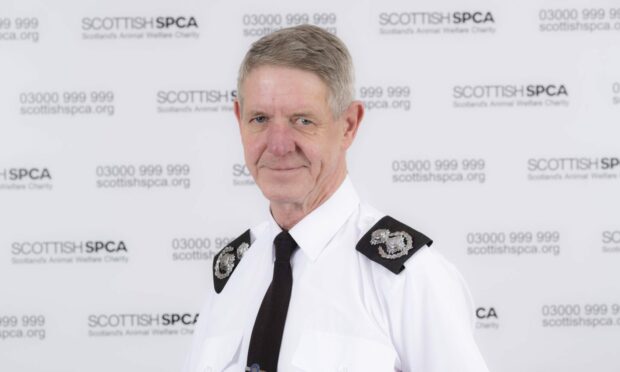Scotland’s leading animal welfare charity says a national clamp down on fox hunting does not go far enough.
In January, the Scottish Parliament passed the Hunting with Dogs Bill. It will pave the way for tighter hunting laws.
The move restricts the number of dogs which can ‘flush out’ a wild animal for lethal control.
Just two dogs will be allowed, in line with existing legislation in England and Wales.
The main aim of Scotland’s new legislation – expected to come into force later this year – is to prevent the “chasing and killing of wild mammals for sport”.
So where does it fall short?
Mike Flynn is Chief Superintendent of animal welfare charity the Scottish SPCA.
He said the organisation had hoped the new legislation would offer more protection for wild mammals.
“We made it plain in our response to the consultation that we would have preferred that no dogs were allowed in any form for hunting or flushing at all,” he said.
Traditional fox hunting, where dogs chase and kill foxes, has been illegal in Scotland for more than two decades.
However, the Protection of Wild Mammals (Scotland) Act 2002 left legal loopholes.
“The 2002 Act didn’t define what a pack was, so you could literally use as many dogs in a pack as you wanted,” said the Chief Superintendent.
And he said the more dogs, the greater risk of them catching and mauling a fox to death. Fewer means more chance of hunters rapidly despatching the animal with a shotgun.
“Obviously the chances of a large pack catching a fox are greater than if there were two dogs.”
The new rules are aimed at restricting the flushing of animals with dogs to cases where lethal control is necessary, and not for sport.
For example, where farmers have a need to protect livestock, or where there is a need to control invasive species such as mink.
Environment minister Mairi McAllan said she believed the new legislation had “struck the right balance”.
She said the Bill had recognised “the need for farmers, land managers and environmental organisations to undertake legitimate wildlife management.”











Conversation